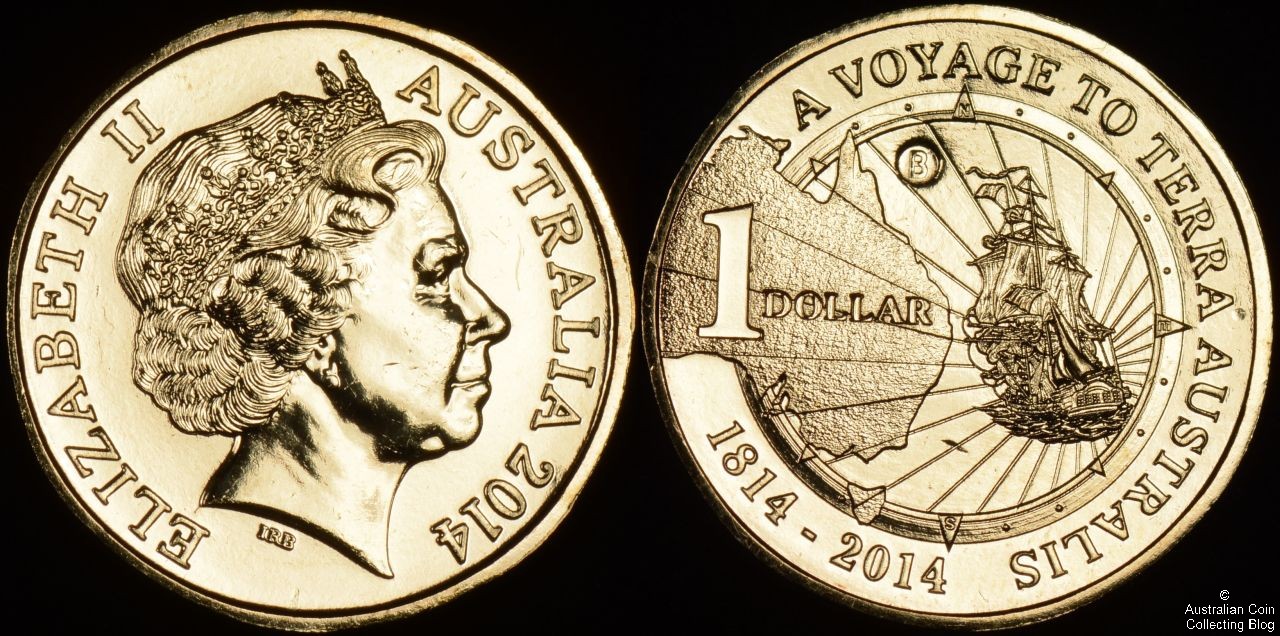Do you know how Australia got it’s name? Does it have a meaning? Lets take you back to the 1500’s when it had been established that yes, the world is round but surely there must be a huge land mass, somewhere down south, that “balances” the globe? It was referred to as “Terra Australis Incognitia” – translated from Latin meaning “unknown southern land” (Terra = land; Australis = south; Incognitia/Incognitio = unknown). And so the myth of Terra Australis Incongitia, with the quest to find it, was borne.
Many adventurers did find Terra Australis Incongitia, but the thinking was that the landmass found was many individual islands. The first naming occurred in 1606 when the Dutch sailor Willem Janszoon provided the first solid proof of existence by crashing into the western coast, naming it “Nieu Zeeland” after his home province. Then Abel Tasman had a go in 1640 and thought that “New Holland” sounded better. In 1770 James Cook decided that the eastern “island” should be called “New South Wales”.
It was the British explorer Matthew Flinders who realized that “New Holland” and “New South Wales” was in fact one landmass during the first epic circumnavigation, with one of the tasks to produce accurate maps. And it was in the publication of his journal, “A voyage to Terra Australis” where the term “Terra Australis” first appeared and scribed onto his maps. Although he declared in the introduction to his book that ” … it would have been to convert it to Australia; as being more agreeable to the ear …”
In 1817, the New South Wales Governor Macquarie used “Australia” in his official correspondence shortly after receiving a copy of Matthew Flinders book. By the start of the 1830’s “Australia” was being widely used. As we’re fast approaching Australia Day on 26th January, commemorating the landing of the First Fleet at Botany Bay in 1788, perhaps we could give thanks to Matthew Flinders that our great land isn’t called “New Holland”.
Lets give some thought to Matthew Flinders 3 year circumnavigation -6th December 1801 to 9th June 1803. Could you imagine doing such a journey with partial and inaccurate maps, no depth sounder, no radar, no communications, scarcity of water and food, battling dysentery and scurvy, whilst also collecting specimens of plant and animal life and knowing that his ship, The Investigator, was in poor shape with rotting wood and extensive leaks? A remarkable feat indeed.
And one worthy of commemorating with the release of a commemorative one dollar coin in 2014, 200 years since the publication of Matthew Flinders’ historic journal. This coin is the mintmark coin for 2014 which means it will be released throughout the year with various privymarks and counterstamps and the C mintmark -time will tell what and where! The design by Royal Australian Mint designers (no one specifically) is struck in aluminium bronze and also in fine silver proof. All are 25 millimetres in diameter and the al br coins weigh 9 grams and have interrupted edge milling just like a dollar coin found in circulation except that these coins are not produced to circulate, they are purely collector coins. They all feature the standard obverse effigy of Queen Elizabeth II by Ian Rank-Broadley.
The visitor coin presses at The Royal Australian Mint in Deakin, Canberra is the first place collectors were able strike the first coin, A Voyage to Terra Australis with a C mintmark and in the leadup to the New Years Day one avid collector (and his family) queued for 5 days for the privilege to strike the first coin of 2014 at the Mint. Congratulations to Sydney teenager, 14 year old Harley Russo. He’s making a habit of this, queuing for his second year to strike the first coin, each time camping more nights in eagerness to be the first. And to show that investing in coins really does pay – Harley was offered $2,000 shortly after receiving his 2014 framed coin and certificate. He wisely turned it down. Each of the first 100 visitors of the New year to the Mint receive a special certificate.



